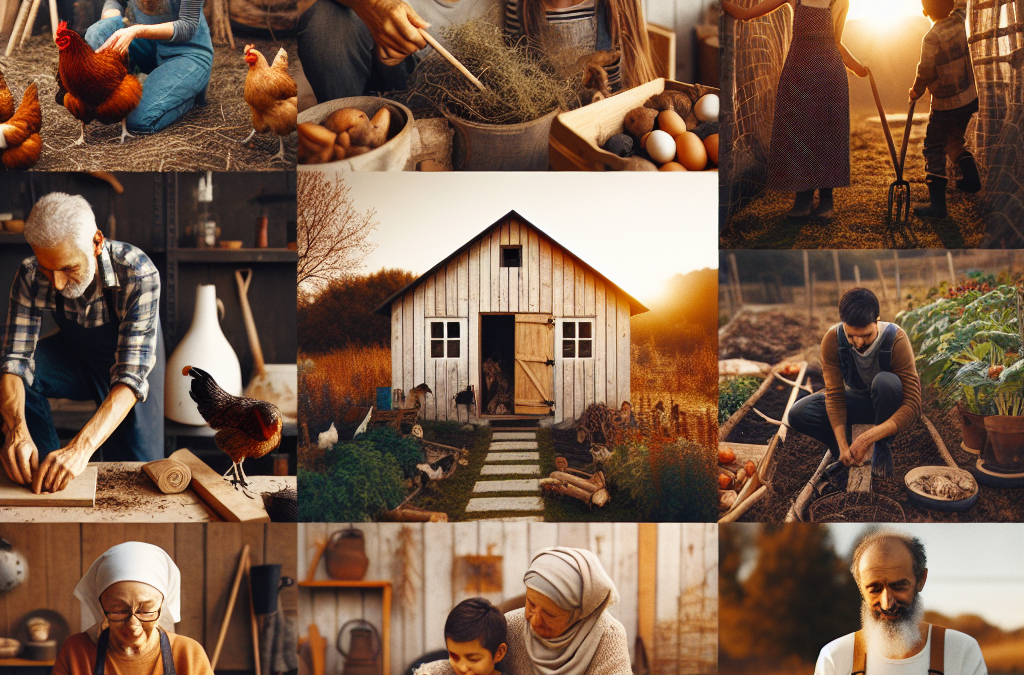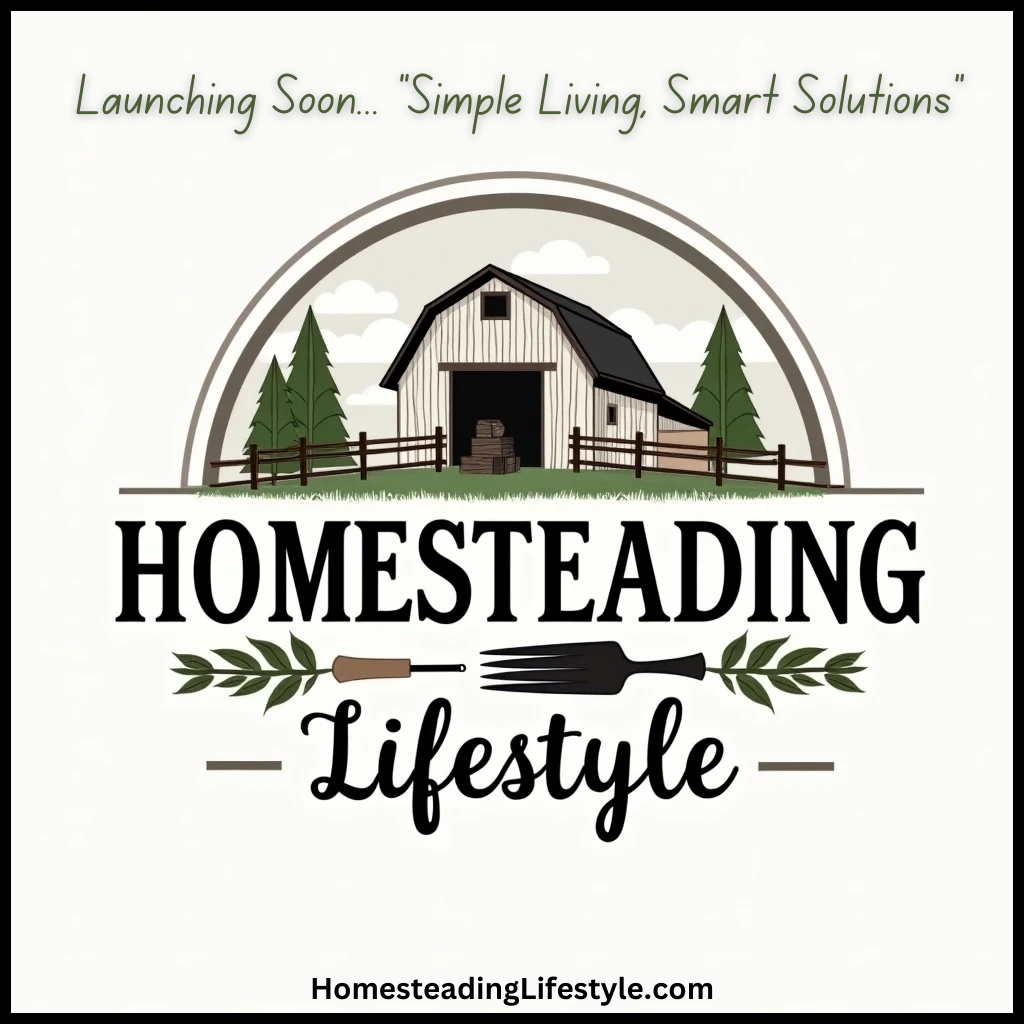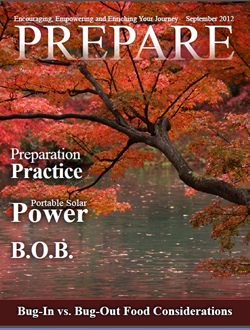Gardening Basics for Family Fun
Choosing the Right Plants
When I first got into gardening, I’ll tell you, the excitement was real! There was something about digging in the dirt with my kids that felt so fulfilling. The first step is picking the right plants; you could start with vegetables that your kids actually enjoy eating. Tomatoes, carrots, and peas are always a hit in our household.
As you choose your plants, consider your local climate and how much sun or shade different spots in your yard get. Some kids may prefer colorful flowers over veggies, which can be a great way to teach them about pollinators while putting a smile on their faces!
Also, think about starting with seeds or young plants. Seeds require more patience, but they’re a fantastic way for kids to learn about growth and nurturing a living thing. It’s a rewarding experience when they can finally say, “I grew that!”
Creating a Family Garden Plan
Next up, let’s talk about planning the garden layout! Grab some paper and get your kids involved—this is a fun way for them to exercise their creativity. Drawing it out helps everyone visualize where each plant will go and how much space they need.
It’s crucial to consider crop rotation and companion planting to keep your garden thriving. My kids are always amazed by how certain plants can actually help each other grow. For instance, planting basil near tomatoes boosts their flavor, and it’s a fantastic conversation starter!
As the plan comes together, discuss how you’ll maintain the garden together. Assigning roles—like watering, weeding, or harvesting—can make it feel like a team effort and help keep everyone engaged throughout the growing season.
Harvesting and Cooking Together
After all that hard work, it’s time for the best part: harvesting! There’s just something magical about pulling a fresh carrot from the soil or picking a ripe tomato and eating it straight away. My kids feel so proud, and honestly, I think the veggies taste better this way.
Once we gather all the goodies, we like to cook together. It’s one way to teach my kids the value of home-cooked meals and the journey from garden to plate. Letting them take the lead in the kitchen boosts their confidence and creativity.
Also, this is an excellent chance to talk about nutrition and sustainability. We often discuss how growing our own food can help the planet, and I love seeing their little minds spark with ideas. It’s amazing what kids can understand when you give them the right context!
Building a Compost Bin
Understanding Composting
Now, let’s dive into composting! I remember the first time I introduced my kids to the concept; they were a little skeptical. But once they realized we could turn kitchen scraps into nutrient-rich soil, they were all in! Composting is like a magical process of recycling food waste.
Start by explaining the benefits of composting. It reduces waste, enriches soil, and helps plants grow better. You can even get them involved in separating scraps in the kitchen. I keep a little bin under the sink for easy access, and it’s become a fun routine for us.
There’s a bit of a science to it, with browns (like dry leaves) and greens (like fruit scraps). It’s really cool to watch them learn how the right balance makes the compost bin work effectively. Plus, it gives them a hands-on understanding of decomposition!
Choosing the Right Composting Method
There are several ways to compost, and we’ve tried a couple. There’s the good ol’ backyard pile method, which requires some space, or a simple worm bin if you have limited yard space. Worms are like the secret heroes of composting, and kids can find great joy in the squirmy little beings!
You could also consider a tumbling composter, which makes turning everything easier and reduces odors. Whatever option you choose, let your kids help with setting it up. They’ll take ownership and become excited to check on it regularly.
Don’t forget to make it fun! Incorporating different types of scraps and watching the process can spark curiosity and questions. I find it incredible how much enthusiasm kids can show when they feel they have a part to play in something impactful.
Using Compost in the Garden
Finally, when the compost is ready, that’s the moment of truth! Teaching my kids how to use the rich, dark compost in the garden feels like teaching them a special little secret of nature. It’s a full-circle moment, and they take pride in knowing their waste has transformed into something life-giving.
We like to mix it into our soil before planting or sprinkle it around existing plants. I often tell them how this helps the plants absorb water and nutrients, and they love the idea of giving back to the earth.
Let’s not forget about the lessons on sustainability! Each time we use compost, it feels like we’re doing our part to help the planet, and my kids understand how easy it is to be eco-friendly right from our home.
Raising Chickens for Eggs
Getting Started with Chickens
If you’re thinking about adding chickens to your homesteading projects, you’re in for a treat! Once I got our first flock, my life changed, and of course, my kids were thrilled. It’s like having little feathery pets that give you breakfast!
Start by researching chicken breeds that suit your family’s needs. Some are better egg layers, while others are particularly friendly and great for kids. We went with a mix, and it gave my kids a chance to learn about different breeds, colors, and characteristics.
I recommend building a cozy coop with your kids, too. This project is filled with opportunities for team-building and teaches them skills like measuring and using tools. It turns into a proud accomplishment when you finally see your chickens move in!
Feeding and Caring for Chickens
Once you have your chickens settled, my advice is to get everyone involved in their care. Chickens need daily feeding and watering, and it can be a blast to watch them scratch the ground for goodies. It brings great joy to my kids to see how the chickens respond to them!
We often have discussions about chicken nutrition. It’s an excellent way to teach kids about responsible animal care and the importance of a good diet. They even get excited when we let them pamper the chickens with kitchen scraps from time to time!
Plus, watching those little clucks grow and develop their personalities is a learning journey. Chickens are more than just egg producers; they exhibit social behaviors and can get quite entertaining. Trust me, after a while, they feel like part of the family!
Collecting and Cooking with Fresh Eggs
Ah, the joy of fresh eggs! Every morning feels like a mini treasure hunt as my kids rush to the coop to collect them. It’s a delightful way to teach them where their food comes from and the care involved in raising animals.
Once you bring those eggs inside, it’s time to get creative in the kitchen! My kids love participating in breakfast preparations, whether it’s frying, scrambling, or even baking. We often share stories about the chickens as we cook, creating a sense of connection to the meals we prepare.
And let me tell you—fresh eggs taste so much better! Cooking with them gives my family a real sense of pride knowing we raised these chickens and are enjoying the fruits of our labor. Plus, it inspires kids to eat more healthily! Can’t beat that!
Making Preserves and Canning
Learning About Canning Basics
Canning is one of those old-school skills that everyone should learn—seriously! When my family first started canning, it felt a bit intimidating, but I was determined to teach my kids about food preservation, and it turned out to be an incredibly fun experience.
Start by gathering fresh produce from your garden (or local farmer’s market). We usually have a mix of fruits and veggies, so when it comes to canning, there are plenty of options. I love involving my kids in the selecting process; they get to learn how to pick the best produce right from the get-go.
Once you have your ingredients, the next part is all about understanding the equipment. Talk to your kids about jars, lids, and the importance of sterilization. It’s fascinating to see how they start to grasp the science behind food safety.
Preparing and Canning the Ingredients
Now, it’s time to get hands-on! Preparing the fruits and vegetables can be a messy affair (and that’s half the fun!). My kids are always eager to help with washing, peeling, and chopping. I like to remind them that every step counts toward delicious homemade goodies.
When it comes to the canning process, I usually set up a little assembly line. It’s thrilling to witness the teamwork! While we’re filling jars and sealing them, I emphasize the importance of following recipes exactly for safety. There’s a certain satisfaction in hearing those jars pop when the seals are set!
Once we’re all done, discussing how long our preserves will last gives great perspective on food preservation and waste reduction. They realize they’re contributing to saving food while working alongside me—pretty rewarding if you ask me.
Tasting and Enjoying Your Preserves
Finally, let’s talk about the best part—tasting our hard work! One of my favorite traditions is having a family taste test night where we try different preserves we’ve made through the season. The excitement in the room is palpable as they dig into their creations.
We often brainstorm how we can incorporate our preserves into meals, which encourages creativity in the kitchen. My kids love coming up with ideas on how to use them in breakfasts, snacks, or even desserts. It’s like a little piece of summer we can enjoy all year round.
And what’s even cooler is that we get to use these preserves to share with friends and family. It builds a sense of community, and my kids love hearing compliments about their creations. It’s amazing how something as simple as canning can bring so much joy!
Creating a Family Sustainable Lifestyle
Integrating Sustainable Practices
As all these projects unfold, I notice how they’ve naturally helped us develop a more sustainable lifestyle. We’ve consciously made choices that not only benefit us but also the environment, and I think leading by example is the best way to teach your family about sustainability.
Start by having open discussions about reducing waste, recycling, and conserving resources. My kids often surprise me with their understanding of these concepts, especially after seeing the results of our projects firsthand.
Encouraging them to be mindful consumers is a big win. Whether we’re grocery shopping or discussing our wants versus needs, it all ties back to making more informed decisions. It’s about understanding our impact on the planet—together!
Building Strong Family Bonds
Through all of these homesteading projects, I’ve noticed a beautiful shift in our family dynamics. Participating in hands-on learning has created stronger bonds between us, making our home feel like a collaborative space that thrives on shared experiences.
As parents, we can often get caught up in our busy lives, but these activities serve as a reminder to slow down and enjoy the little moments with our kids. Whether it’s gardening, canning, or gathering eggs, we’re creating memories that will last a lifetime.
We encourage each other and celebrate every mini-victory along the way. The laughter, the mess-ups, and even the frustrations are all part of the journey—and it’s these moments that bring us closer together.
Embracing Community Involvement
Lastly, as we dive deeper into sustainable living, I realize how powerful community can be. We’ve started to connect with other families sharing similar goals, and this has opened up new avenues for learning and support. It’s heartwarming to know we’re not alone in our homesteading adventures.
Whether it’s swapping veggies, sharing canning techniques, or working together on bigger projects, community involvement adds an enriching layer to our experiences. Plus, my kids love making new friends who share their interests!
Engage in local classes or workshops too! They’re fantastic ways to learn more from experts and even inspire the next generation of homesteaders. After all, teaching our kids the value of community is equally as important as the skills we’re imparting.
Frequently Asked Questions
1. What are some easy garden plants to start with for families?
Absolutely! Some great starter plants for families include tomatoes, carrots, peas, and herbs like basil. These plants are relatively easy to grow and can get kids excited about gardening!
2. How do I make my first compost bin?
Making a compost bin is super simple! You can use a wooden pallet, plastic bin, or even buy a tumbling composter. Just layer browns (like grass clippings or leaves) and greens (like food scraps) and keep them moist for the best results.
3. What type of chickens are best for beginners?
For beginners, friendly and docile breeds like Rhode Island Reds, Buff Orpingtons, or Australorps are fantastic choices. They’re hardy and good layers, making them perfect for families!
4. Is canning difficult to learn as a family?
Canning can feel overwhelming at first, but it’s actually a rewarding family activity! Just take it step-by-step, use trusted recipes, and make sure to involve all family members in the process for a fun time!
5. How can we embrace sustainability as a family?
Embracing sustainability can be fun! Start small with simple practices like recycling, composting, and growing your own food. Having regular family discussions about these topics can build awareness and inspire everyone to take action!





